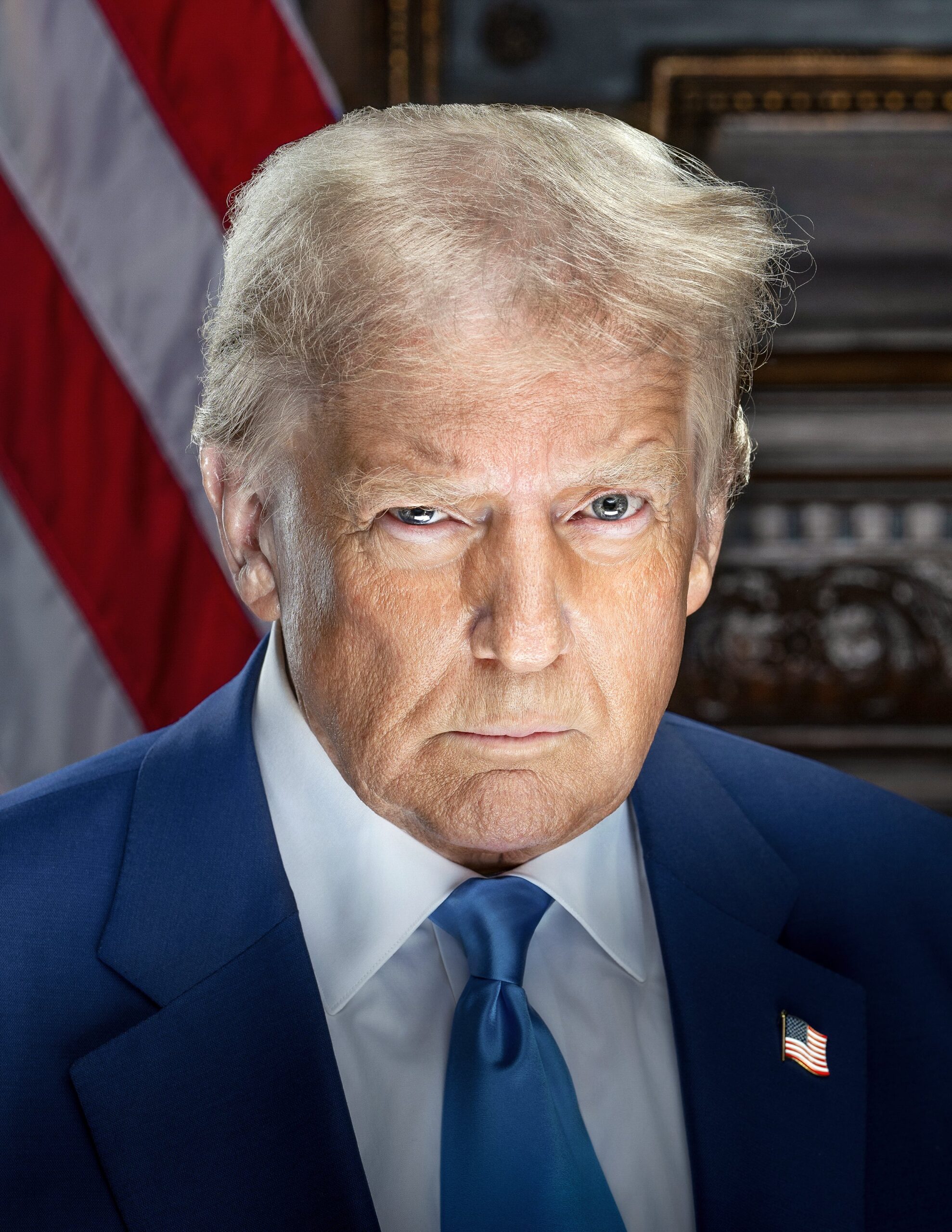The U.S. Treasury Secretary has provided clarification regarding the cryptocurrency policies and plans of the Trump administration, aiming to address concerns among investors and industry stakeholders about the government’s approach to digital assets.
In recent months, the regulatory landscape for cryptocurrencies has been uncertain, with various agencies expressing differing views on how to oversee digital assets. The Treasury Department has been under pressure to establish clear policies that promote innovation while ensuring security and compliance with anti-money laundering (AML) and know-your-customer (KYC) regulations.
The Treasury Secretary emphasized that the administration considers cryptocurrencies as both an opportunity and a challenge. While recognizing their potential to revolutionize finance and increase efficiency, the government remains committed to combating illegal activities such as money laundering, tax evasion, and fraud associated with crypto transactions. This balance is crucial as policymakers seek to establish a regulatory framework that fosters growth without compromising security.
Specifically, the Treasury has outlined plans to enhance cooperation with other financial regulators and international bodies to create a cohesive approach to crypto oversight. These efforts include strengthening the enforcement of existing AML laws, improving transparency in digital currency transactions, and developing new regulations tailored to the unique characteristics of cryptocurrencies.
The clarification comes amid heightened interest from both domestic and international investors, as well as from technology firms eager to innovate within a clear legal environment. The administration’s stance aims to reassure stakeholders that it supports responsible innovation while maintaining a strong regulatory stance to prevent misuse of digital assets.
Market analysts suggest that these clarifications could lead to increased investor confidence and potentially more mainstream adoption of cryptocurrencies within the U.S. financial system. However, some caution that ongoing regulatory developments and enforcement actions could still shape the sector’s future, potentially introducing new hurdles for crypto businesses.
Looking ahead, the focus will likely remain on the development of comprehensive regulations, potential legislative initiatives, and the government’s continued engagement with industry leaders and regulators worldwide. The impact of these policies could influence the trajectory of crypto markets and technology innovation in the U.S.
What is the current stance of the U.S. government on cryptocurrencies?
The government views cryptocurrencies as both an opportunity and a regulatory challenge, emphasizing responsible innovation and security enforcement.
How does the Treasury plan to regulate cryptocurrencies?
The Treasury intends to strengthen AML and KYC enforcement, improve transparency, and collaborate with international agencies to create cohesive regulations.
What are the potential impacts of these policies on the crypto industry?
These policies could boost investor confidence and adoption but may also introduce new compliance requirements and regulatory hurdles for crypto firms.








